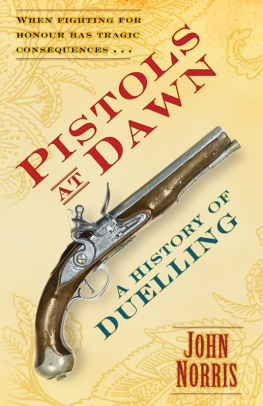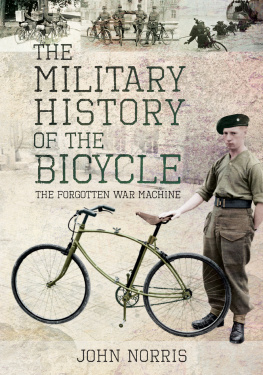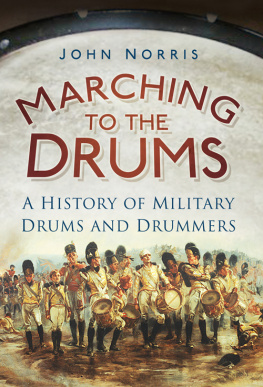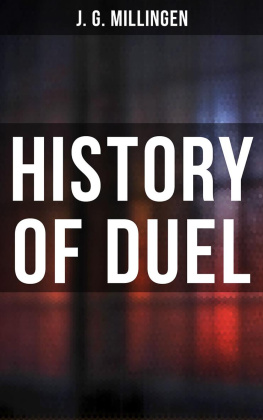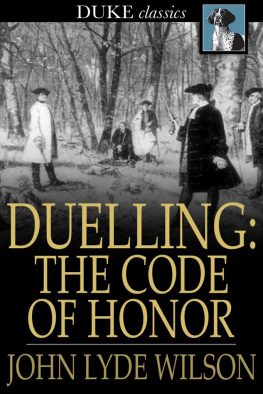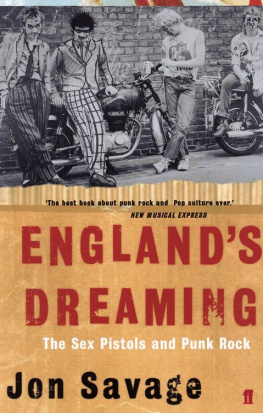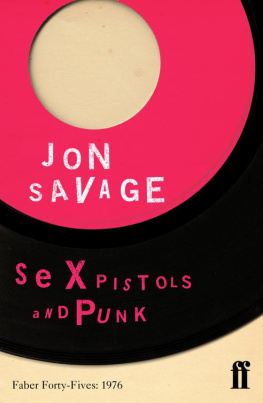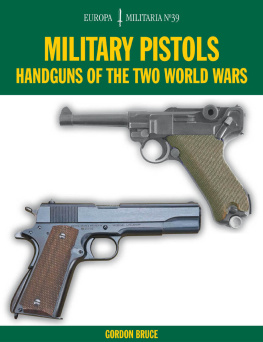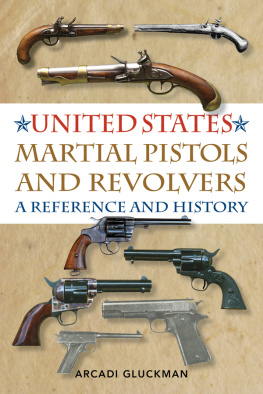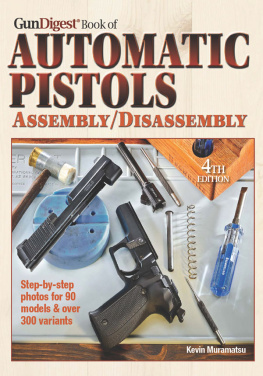PISTOLS
AT
DAWN
PISTOLS
AT
DAWN
A HISTORY OF DUELLING
JOHN NORRIS

First published 2009
The History Press
The Mill, Brimscombe Port
Stroud, Gloucestershire, GL5 2 QG
www.thehistorypress.co.uk
This ebook edition first published in 2013
All rights reserved
John Norris, 2009, 2013
The right of John Norris to be identified as the Author of this work has been asserted in accordance with the Copyrights, Designs and Patents Act 1988.
This ebook is copyright material and must not be copied, reproduced, transferred, distributed, leased, licensed or publicly performed or used in any way except as specifically permitted in writing by the publishers, as allowed under the terms and conditions under which it was purchased or as strictly permitted by applicable copyright law. Any unauthorised distribution or use of this text may be a direct infringement of the authors and publishers rights, and those responsible may be liable in law accordingly.
EPUB ISBN 978 0 7524 9659 7
Original typesetting by The History Press
C ONTENTS
To Chris Lay and Dave Biggins,
thank you for all the great times together.
Heres more to come
A CKNOWLEDGEMENTS
I would like to extend my sincere gratitude to Her Majesty Queen Elizabeth II for granting permission to use material relating to Frederick, Duke of Yorks duel. I am grateful to Pamela Clark the registrar at the Royal Archives at Windsor Castle, the staff at the Jersey Heritage Trust, the States Archives Trust on Guernsey and Simon Hancock and the staff at Haverfordwest Museum in Pembrokeshire in Wales; they have all been most helpful. My thanks in particular to the 41st Regiment of Foot re-enactment group for taking the time to recreate a duel. My gratitude also goes to the many other museums and archive sources, including the City of Portsmouth Museum, for their capable assistance in putting this work together. And special thanks to Pat Farey for additional photographs. Finally, as ever, I would like to thank my wife Elizabeth for accompanying me on my visits as we stood in fields and cemeteries in fair weather and foul, and helping take essential notes and remembering details.
I NTRODUCTION
The term duel as we understand it today can be traced back to medieval times and is derived from the Latin word duellum meaning war between two. In its most basic form the duel is a contest between two opponents in a form of ritualised combat, examples of which can be found in the pages of history dating back to ancient Greece. At the ten-year-long siege of the city of Troy where Hector kills Patroclus, the legendary Achilles challenges Hector to a personal fight to answer for killing his friend. This act of single combat between the pair of warriors was witnessed by the opposing armies who watch as Achilles slays Hector. Such engagements were more about revenge than resolving differences of opinion or seeking restitution. However, over the centuries the resolving of disputes in such a combative manner came to be seen as the ultimate means to finally settle differences between two people.
In the medieval period the right of a nobleman to defend his honour gained universal acceptance, and challenges to personal combat were usually issued by a knight throwing down his gage. This was a token gesture and could take the form of a glove or a hat and meant to challenge the accuser to retrieve the item for the fight to take place. It was the Church which eventually intervened to try and limit the practice, but in the end it only succeeded in seeing it survive, albeit in a modified form. This was the joust, which was a form of personal combat without the judicial aspect, and this turn became the tournament which, even though governed, could dissolve into mini-battles as old scores were settled between rivals. In those days of knightly chivalry it took many years of training to perfect the use of sword, mace or lance. It was a brave man who stood foursquare against an opponent of equal courage and experience. All of that changed, however, with the development of gunpowder weapons. There was no longer any requirement to stand in close proximity to inflict mortal wounding, as gunpowder weapons lengthened the range of engagement in battle.
With the introduction of gunpowder weapons it was claimed that gunpowder made all men equal. Certainly, after the rise of such weapons the armoured knight of noble birth was equally at risk from being killed as the humble foot soldier. In the early fifteenth century Gian Paolo Vittelli of the Italian Condottiere illustrated the contempt with which he held troops who used gunpowder weapons by ordering that on capture they be blinded and their hands cut off. This severe treatment towards handgunners was continued into the sixteenth century by the French commander Pierre du Terrail, Chevalier de Bayard. Times were changing but he remained traditionally of the old order, having engaged in single combat, a form of duel, many times and as a consequence his bravery was unquestioned. Nevertheless, his ire towards handgunners was worse than Vittelli, and the Chevalier de Bayard ordered that all captured handgunners be executed. He declared them to be cowardly and base knaves, who would never have dared to have met true soldiers face to face and hand to hand. It was ironical, then, that the Chevalier de Bayard was killed on 30 April 1524 at the Battle of Sesia with his spine shot through by a handgunner.
Challenges to engage in duels were invariably fought out by opponents using swords of some description, such as the claymore, cutlass or sabre, and this practice continued well into the eighteenth century, by which time handguns had been in use for some 450 years. Men may have fired on one another across the battlefield using muskets and pistols, and some personal disputes were settled with pistols on occasion. For the most part, though, swords were the preferred means of defending ones honour when a mans reputation was called into question.
Then a remarkable transformation took place and pistols became the duellists weapon of choice. There are examples where duels were conducted between opponents quite literally armed to the teeth. In Ireland in 1759 Colonel Barrington met Mr Gilbert in a mounted duel, with each man armed with pistols, swords and daggers. Both fired and missed, so they went at one another with swords during which Gilberts horse was killed and he was thrown to the ground. The mle must have more resembled a medieval tournament than a dispute between two so-called gentlemen. Lying prostrate, Gilbert was unable to defend himself. Taking advantage of his opponents vulnerable state Barrington moved in and presented a dagger to Gilberts throat. It would have been all too easy to have made the fatal thrust, but Gilbert saved himself by conceding defeat. The affair was deemed concluded and the two men became firm friends after their deadly encounter.
Duels still continued to be fought with swords but they required skill to wield while a pistol could be used after the minimum of instruction. Certainly by the eighteenth century swords had all but given way to pistols as the preferred weapon in duels. This gave rise to a period, which some sources have identified as being between 1770 and 1870, when matters of personal honour were settled by two men armed with pistols facing one another across a remote field. The historian Harold L. Peterson places the date when pistols began to be used in duels as early as 1650, and certainly there are many examples of firearms being used in duels during the mid-seventeenth century to bear out this statement. Not all duels were conducted on foot and there are many accounts of where the exchange of fire took place between mounted riders, a practice which continued until possibly as late as the second half of the eighteenth century.
Next page
